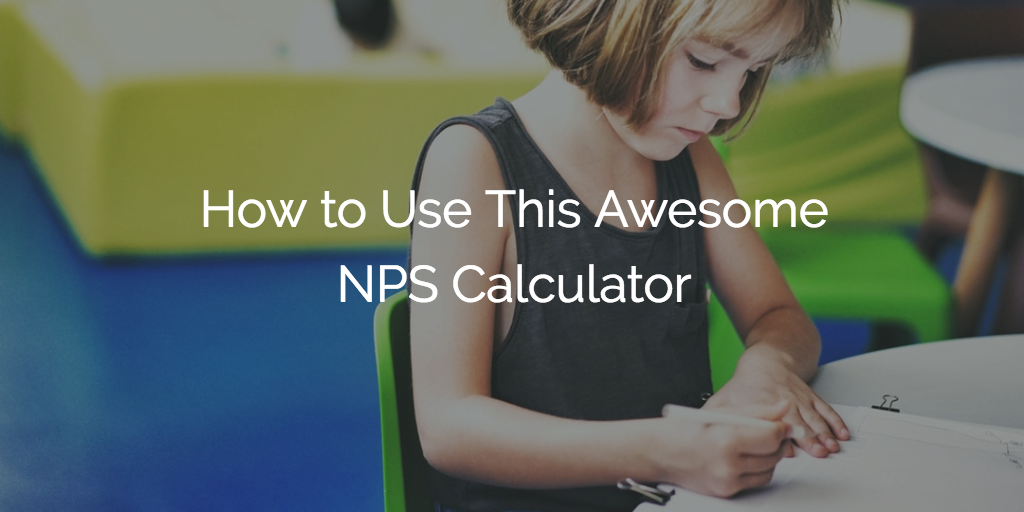In case you haven’t seen it, we built a pretty cool website that can automatically calculate some of the most common metrics you’ll need to benchmark in the course of your day-to-day job in Customer Success.
I’m sure a lot of you reading this are pretty familiar with all six of these formulae, and maybe you can calculate each of these in your sleep. But if you were the kid in calculus class with the graphing calculator that had the automatic integral program installed (I definitely did. Sorry, Mr. Tutt!), then you should definitely bookmark this page.
Also, we have an overview of how to use the calculator here and a deep-dive into the Customer Retention Rate calculator. Take a look! But this article is about NPS.
What is NPS?
N·P·S /enpē’es/ noun. Net Promoter Score; A survey-based, highly predictive metric that is a reliable leading indicator of future growth in recurring revenue businesses through renewal, expansion, and advocacy.
“Did you see our latest NPS results? Our Net Renewal Rate is going to be crazy high!”
NPS was developed by a partner at Bain & Co. In 2003, Fred Reichheld introduced it in the Harvard Business Review as a way to measure customer sentiment and experience. Since then, it’s become one of the most popular business metrics to track for companies around the world.
To get an NPS score, you ask a customer, on a scale of 0-10, how likely are you to recommend a product or service to a colleague or friend?
That’s it.
People who respond with a 9 or 10 are called “Promoters.” Those who respond 7 or 8 are “Neutral.” And 6 or lower are “Detractors.” Obviously, higher is better.
When you ask a large enough sample of people, you can generate an aggregate score by finding out the percentage of total Promoters (9-10) and the percentage of Detractors (0-6) and subtracting the Detractor percentage from the Promoter percentage.
Or you can just use our handy NPS calculator to do it for you!
What survey response rate do I need?
One of the great things about NPS is that even a single response is a valid data point. Promoters are more likely to retain, Detractors are more likely to churn. That means no matter how many responses you get, each one is valid in an of itself as a leading indicator.
No other single survey question can provide as strong a correlation to repeat business as the NPS question. But taken as an aggregate, the score provides an excellent benchmark thanks to its consistency.
Furthermore, because it’s just one simple question, it tends to have a higher response rate than longer, more specific or complicated surveys.
Overall, you’ll get more responses, which will provide a strong predictor of recurring revenue growth or decline, as well as a great benchmark as you consistently repeat the survey at intervals.
Why does NPS matter?
In and of itself, an NPS score is just a number. It doesn’t tell you anything about why a customer is promoting or detracting or neutral. It isn’t prescriptive. It isn’t diagnostic. It’s only valuable because of how well it correlates to future customer behavior—specifically retention.
The other metrics you’ll calculate using our online tool are important numbers, but they’re lagging indicators—in other words, they don’t predict anything. They’re useful benchmarks, and they’re ultimately synonymous with your success as a Customer Success team and as a company, but NPS is a true leading indicator.
Along with objective measures like deployment, engagement, adoption, and ROI (At Gainsight, we don’t roll any subjective measures like surveys into our Outcomes health score. Read a full breakdown here.), you can use NPS and other survey metrics to create an overall view of customer risk so you can take proactive steps to influence success.
Want to get some specific advice from two NPS experts? Watch this short webinar to learn how to improve your NPS program.
